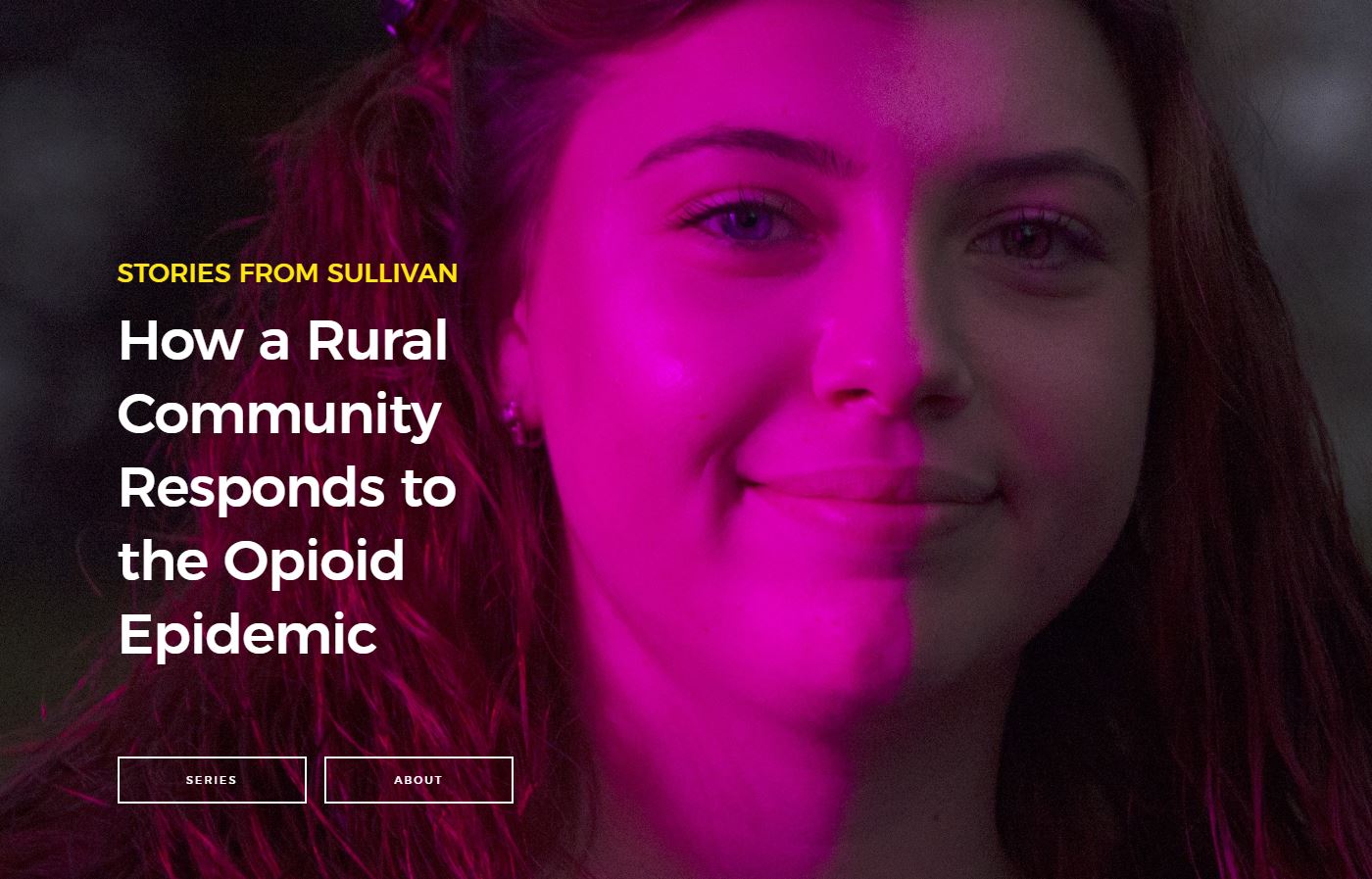For the first time in 20 years, opioid overdose deaths did not increase in 2018. Opioid deaths had skyrocketed to 47,885 in 2017, driving up drug overdose deaths overall to 70,237 — four times what it had been 20 years earlier. State court judges have witnessed the effects of the rise firsthand in their courtrooms, from determining custody when parents were unable to care for children to incentivizing individuals to attend and complete treatment.
The criminal justice system is an important part of the push to curb opioid use. As much as state court judges are doing to address opioids, however, they don’t always have easy access to the information they need to make decisions. As one judge said to us: “Now I would ask you … what is the cutting-edge research showing?”
To answer this question, we turned to Indiana Supreme Court Chief Justice Loretta Rush, co-chair of the National Judicial Opioid Task Force, who pointed us to open resources for judges at the National Center for State Courts (NCSC). The center has comprehensive materials for judges on substance-use disorders including briefs showing how addiction affects the brain and examples of innovative court programs like Buffalo’s Opioid Intervention Court, which links participants to treatment within hours of their arrest and subsequently provides additional services to them. The center explains what medication-assisted treatment is and describes the medications (Methadone, Buprenorphine, Naltrexone) used in treatment as well as its legal implications. It even suggests how to prepare for and what to do in case of an opioid overdose in the courtroom. It offers options for how to screen for a substance-use disorder by providing three commonly used screening tools, and shows how two courts (Baltimore, MD, and Yuma, AZ), in particular, use these tools effectively.
For all of the suggestions of what courts can and should do, the center acknowledges that rural, frontier, and underserved communities face additional challenges, and it offers examples of ways to address those challenges including: Vermont’s Hub-and-Spoke model of addiction treatment; telehealth; Project ECHO, which links expert teams in an academic hub to local communities; the University of Wisconsin-Madison’s Addiction-Comprehensive Health Enhancement Support System (relapse prevention through a smartphone app); the Coconino Online Probation Education program in Flagstaff, AZ, which brings probation services and mentoring to clients who may not otherwise have easy access to transportation; and many others.
Opioids not only affect the person who has a substance-use disorder, they also spill over and have an impact on children and families. States treat pregnant women who use drugs very differently: 23 states and DC treat substance use while pregnant as child abuse and three states consider it grounds for civil commitment. Twenty-five states and DC require healthcare professionals to report prenatal drug use and eight states require newborns be screened for suspected drugs in their system. The NCSC offers strategies and steps judges can take for the best results on and off the bench. Opioid use among youth (12-25) has also grown. Yet, there is little research on how to treat youth. The center draws from the Amerian Academy of Pediatrics 2016 recommendations for how to treat young people in developmentally appropriate ways.
Although drug courts have been around for decades, because of the lethality of opioids, many places (Cumberland County, PA; Gila County, AZ; Brown County, WI; Fourth Judicial District, TN) are following Buffalo’s lead and creating opioid courts specificially designed to address opioid-use disorder. Opioid courts offer immediate access to treatment and support services. The Center for Court Innovation suggests 10 essential elements to incorporate into opioid courts.
The opioid epidemic has had a broad impact on communities. While nobody is immune from its effects, the criminal justice system, in particular, is an important part of the response. According to the Substance Abuse and Mental Health Services Administration (SAMHSA): “Justice-involved individuals are more likely to die of an opioid overdose compared to the general population; and, drug overdose is among the leading causes of death for individuals re-entering the community, with a majority of these overdoses involving opioids.” To better treat the problem, judges, lawyers, parole officers, and other participants in the criminal justice system need information to make the right decisions.
ABOUT THE AUTHORS
Patricia Strach is the interim executive director at the Rockefeller Institute of Government
Elizabeth Pérez-Chiqués is a visiting fellow at the Rockefeller Institute of Government
Katie Zuber is a fellow for the Center for Law & Policy Solutions at the Rockefeller Institute of Government
READ THE SERIES
The Rockefeller Institute’s Stories from Sullivan series combines aggregate data analysis with on-the-ground research in affected communities to provide insight into what the opioid problem looks like, how communities respond, and what kinds of policies have the best chances of making a difference. Follow along here and on social media with the hashtag #StoriesfromSullivan.


